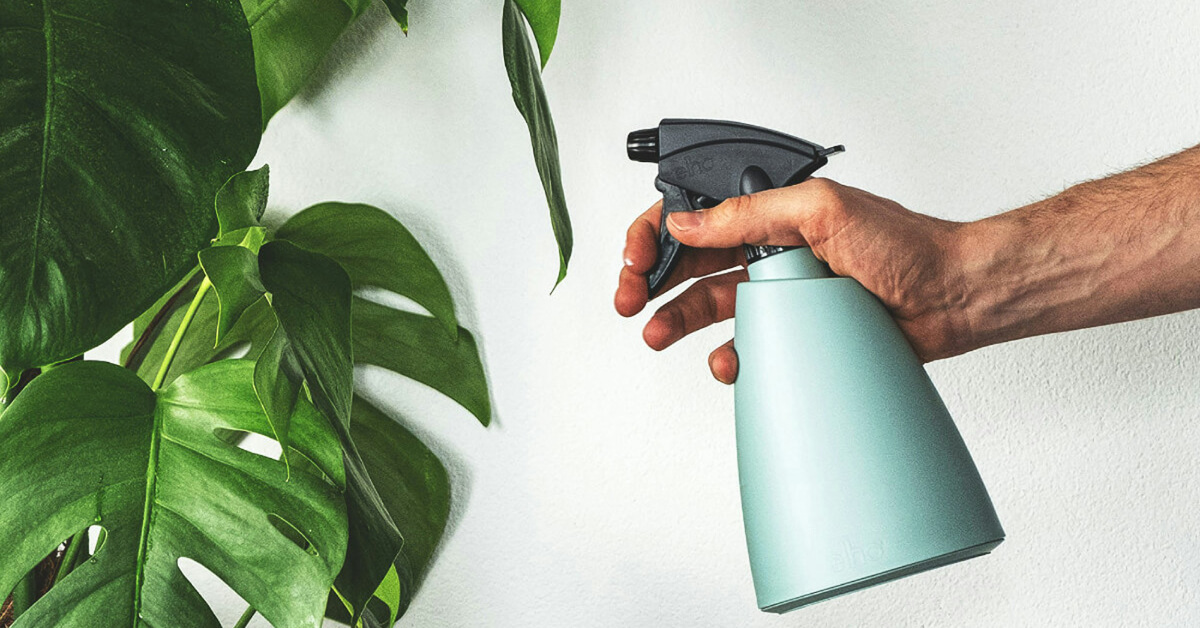Pests can be a nightmare for indoor plants, damaging leaves, stunting growth, and spreading rapidly. Whether it’s fungus gnats, spider mites, or aphids, knowing how to prevent and treat infestations is crucial for maintaining healthy houseplants. With the right knowledge, you can protect your plants from these common pests and keep them thriving.
Common Indoor Plant Pests and How to Identify Them
Indoor plants are susceptible to a variety of pests, each with its own set of signs. By understanding how to recognize these pests, you can take action early and prevent them from causing significant damage.
Spider Mites are one of the most common and troublesome pests for indoor plants. They often go unnoticed due to their tiny size, but they leave behind fine webbing on leaves and stems. Over time, you may notice yellowing, speckled leaves that eventually fall off. To treat spider mites, spray the leaves with water to wash them off, and follow up with neem oil or insecticidal soap every 5-7 days until the infestation is gone. Since spider mites thrive in dry environments, increasing humidity around the plant can also help deter them. Quarantine affected plants immediately to prevent them from spreading.
Fungus Gnats are tiny flying insects that hover near the soil. Their larvae feed on plant roots, causing wilting and slow growth. To treat fungus gnats, let the soil dry out completely between waterings, as gnats are often caused by overwatering. Yellow sticky traps can be placed near the plants to capture adult gnats, and a hydrogen peroxide solution (1 part hydrogen peroxide to 4 parts water) can be used to drench the soil and kill the larvae.
Mealybugs are easy to spot due to their white, cotton-like clumps on the stems or leaves. These pests excrete a sticky substance known as honeydew, which can attract ants. To remove mealybugs, dip a cotton swab in rubbing alcohol and gently wipe the pests off the plant. You can also use neem oil or insecticidal soap for a more thorough treatment. Always keep affected plants isolated, as mealybugs spread rapidly.
Aphids, small, soft-bodied insects, usually cluster on new growth or stems. They come in various colors, including green, yellow, and black. Aphids cause curling or distorted leaves and leave behind a sticky residue that can lead to mold growth. To treat aphids, spray the plant with a strong jet of water to dislodge them, or apply neem oil or soapy water spray every few days. Introducing ladybugs to outdoor plants can also help control aphid populations naturally.
Scale Insects appear as small, hard bumps on plant stems, often brown or tan. These pests excrete sticky residue, which can lead to yellowing leaves and eventually leaf drop. To treat scale insects, gently scrape them off using a toothbrush or cotton swab dipped in rubbing alcohol. Applying horticultural oil suffocates the pests, and pruning any severely affected areas can help remove the problem.
How to Prevent Indoor Plant Pests
Prevention is always better than cure when it comes to indoor plant pests. Regular inspections and proper plant care can significantly reduce the likelihood of pest infestations.
Before bringing new plants into your home, always inspect them carefully for any signs of pests. Check the leaves, stems, and soil for any unusual activity. Quarantine new plants for 1-2 weeks to ensure they are pest-free before introducing them to your existing plant collection.
Regularly wiping the leaves of your plants helps remove dust, which can attract pests. It also makes it more difficult for insects to settle on the plant. Another way to prevent pests is by improving air circulation around your plants, as stagnant air creates a welcoming environment for pests to thrive.
Proper watering practices are also essential for pest prevention. Overwatering can attract fungus gnats and mold, so always ensure that plants have well-draining soil and that you allow the top layer of soil to dry out between waterings.
Natural Pest Control Methods
When it comes to pest control, natural methods are often the safest and most effective, especially for indoor plants.
Neem oil is an excellent natural pesticide that works against most pests. It disrupts their life cycle and keeps them from feeding on your plants. Similarly, insecticidal soap is a non-toxic alternative that suffocates soft-bodied pests like aphids and mealybugs.
Diatomaceous earth, a powdery substance, can be sprinkled on the soil surface to kill insects by dehydrating them. For a more direct approach, rubbing alcohol is an effective treatment for mealybugs and scale insects. Simply dip a cotton swab in rubbing alcohol and apply it directly to the pests.
While natural methods are generally safer, avoid using harsh pesticides indoors. Many chemical pesticides are toxic to humans and pets and can harm the beneficial insects that help control pest populations in the long run.
Keep Your Indoor Plants Pest-Free
By incorporating good plant care practices with natural pest control methods, your houseplants can stay healthy, lush, and pest-free. Regularly inspecting plants, ensuring proper watering, and improving air circulation make all the difference in preventing infestations.
Remember, healthy plants are naturally more resistant to pests, so with the right care and preventive measures, you can keep your plants thriving and pest-free.

